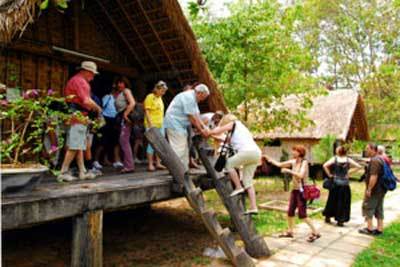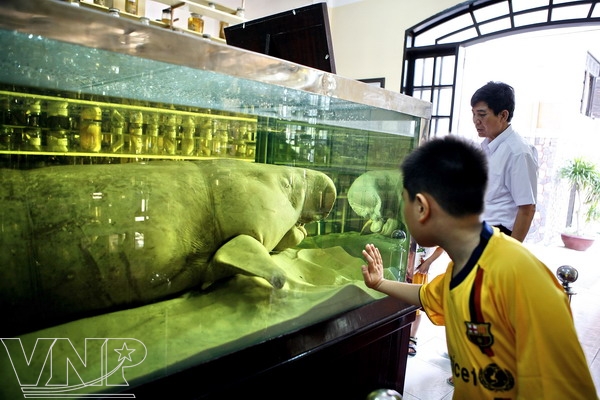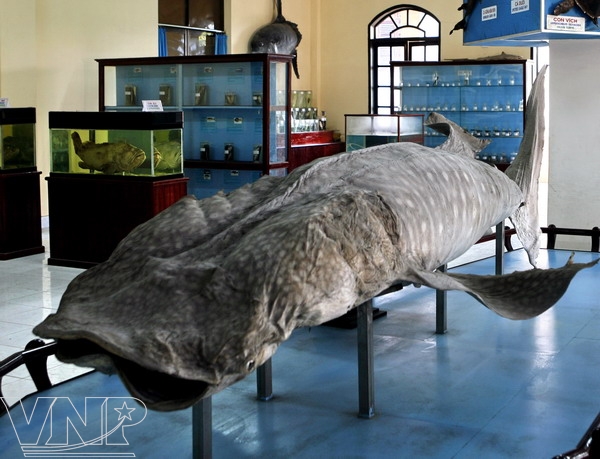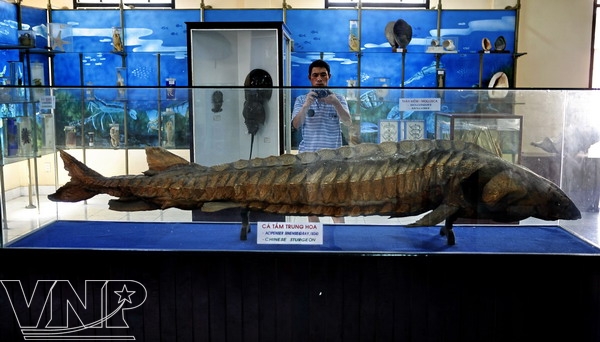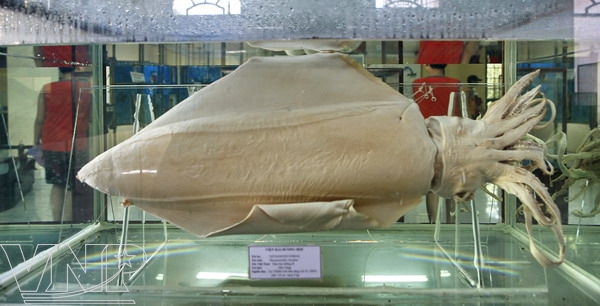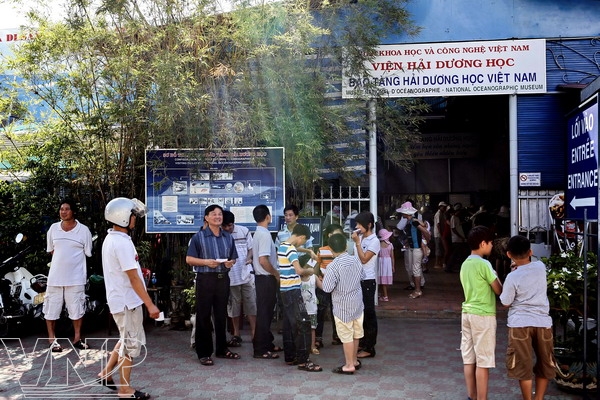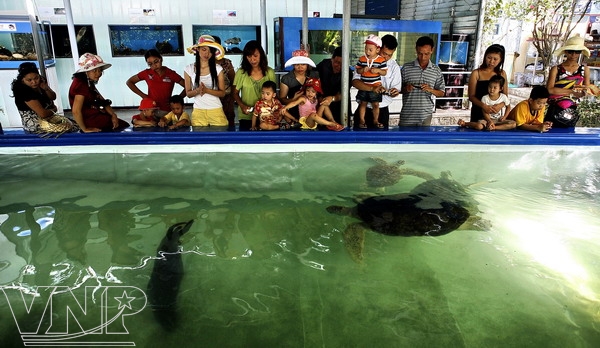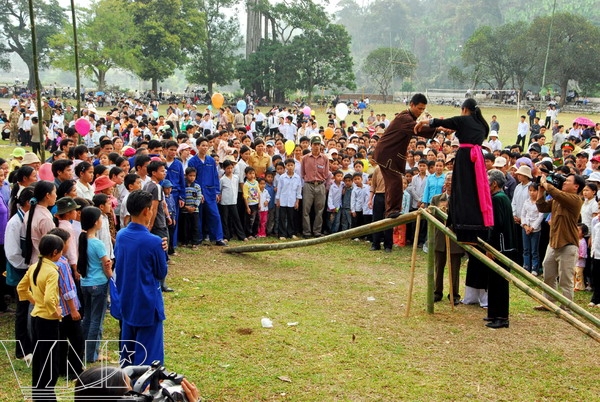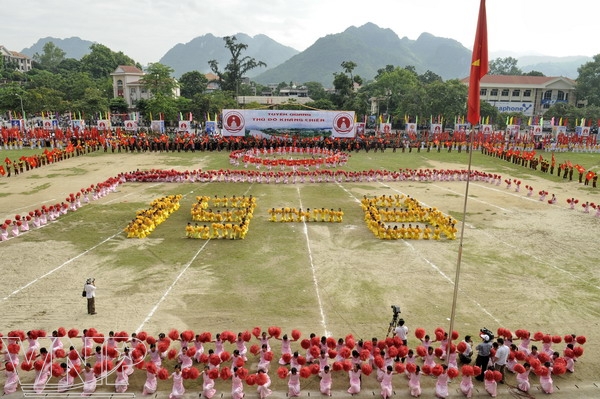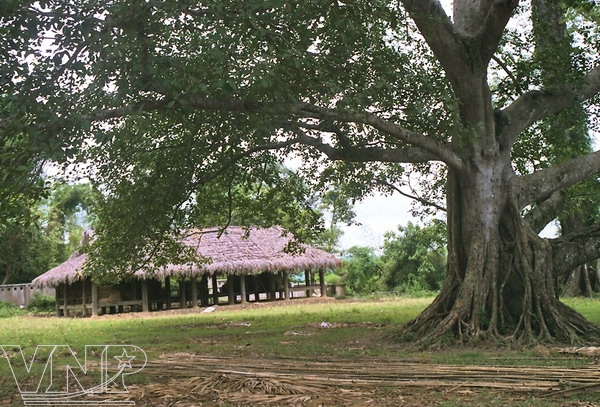Together grilled meat rolls and Quang noodles, Tam Ky chicken rice has become something of a ‘brand’ in the central of Quang Nam Province.
This is a very famous food in Tam Ky city. The locals use chicken boiling water to cook with rice, so the rice has yellow color.
It is not easy to cook an exemplary chicken rice plate. Tourist in Vietnam Tourism got to visit the master chefs in Quang Nam's street-side eateries.
The first step in making this delicious chicken rice is to buy glutinous and fragrant rice, which is washed carefully before mixing with some ground ginger and garlic along with a bit of saffron powder to give it an attractive flavour and colour.

The next step is to put oil or chicken fat in a pot and wait for it to heat over a slow fire before adding some chopped garlic till it is golden brown. Stir the rice into the garlic and fry till the rice is cooked, stirring occasionally.
Choosing the right chicken is also important. It must be a young and tender chicken that is bred in the wild in rural areas.
After cleaning the chicken of all its feathers, it is placed in a pot of water over a steady fire .When the water boils, the fire should be reduced until the meat is done. One can check by poking a needle into the chicken and if it comes clean then it is done.
The chicken is then strained and the remaining stock is used for cooking the rice. The stock water level and the rice should be equal. After the rice is cooked, some pandan leaves are added for an aromatic flavour.
The cooked rice is soft and glutinous, not dry and pasty. When the pot cover is opened the fragrant and aromatic smell of rice should permeate. The chicken and pandan leaves together create their own unique flavour for Tam Ky chicken rice.
The rice is now ready to be served with some shredded chicken, blended with hot mint, lemon leaves, pepper and salt. It can be served along with fish sauce mixed with garlic and chili. Without a doubt, it is an incredibly tasty dish.
Regular chicken rice eaters in Tam Ky say they never tire of the dish because it's flavors are so strong in Tam Ky. It's a dish, which tourist in Vietnam Tourism don't miss to enjoy!
» Also you like our Vhttp://minmax-vn.blogspot.com/ - http://minmaxtravel.blog.com/










